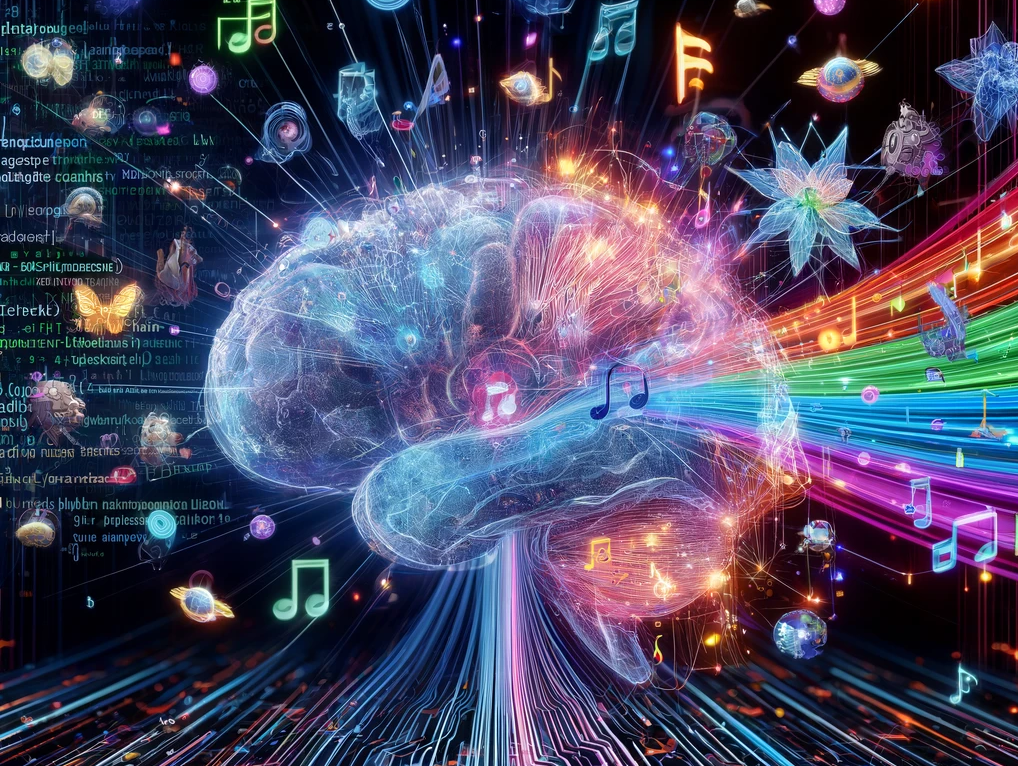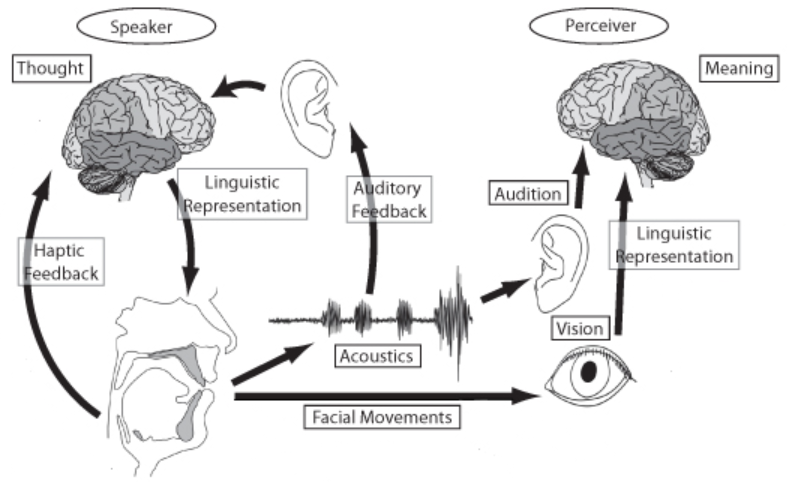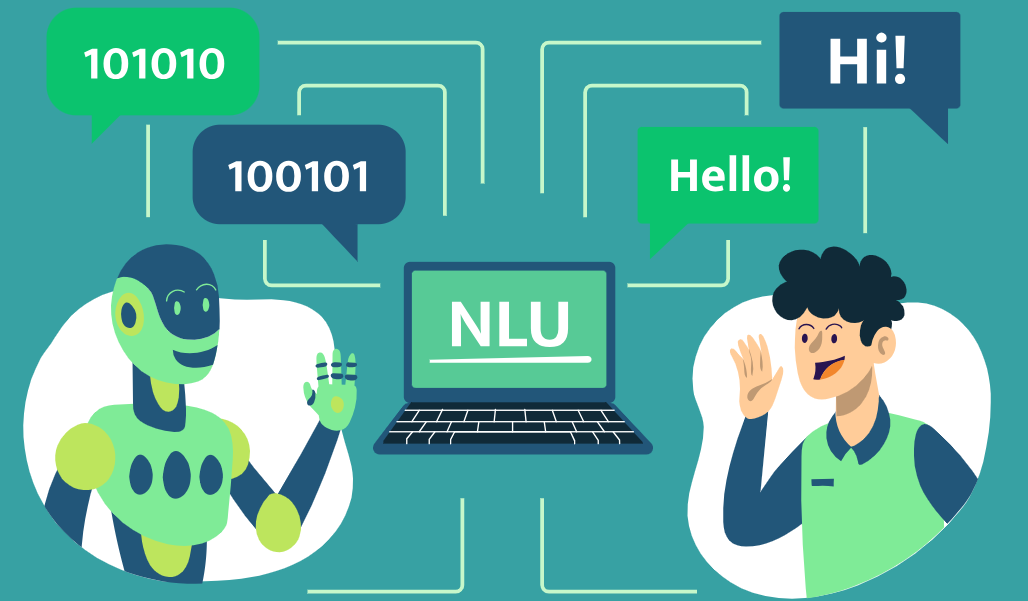Research Areas
1. Generative Speech/Language Model
Researching techniques to engineer AI models that generate text or speech closely resembling human communication.
- Analyze and generate language to support coherent and contextually relevant dialogue.
- Automate the production of diverse textual content with minimal human input.
- Maintain accuracy, style, and cultural context across translations between languages.
- Assess emotional tone from text for enhanced consumer insights and decision-making.

2. Model Compression & Optimization
Developing methods to reduce the size and computational demands of AI models while preserving or enhancing their performance.
- Remove redundant or non-contributory parameters from models to streamline processing without sacrificing accuracy.
- Reduce the precision of the numerical values in models to lower memory usage and speed up inference.
- Transfer knowledge from large, complex models to smaller, more efficient models to retain effectiveness with less resource consumption.

3. Multimodal Processing
Investigating approaches to integrate and analyze data from multiple sensory modes to improve AI's interpretation and response accuracy.
- Combine information from different modalities, such as visual, auditory, and textual, to enhance decision-making processes.
- Develop shared representations that capture the essence of multiple modalities, facilitating better learning and prediction.
- Study how different data types interact and influence each other to refine AI's comprehension and output relevance.

4. Speech Recognition/Synthesis
Exploring techniques to accurately transcribe spoken language into text and generate spoken language from text, aiming to mirror natural human speech.
- Construct models that map audio signals to phonetic units, crucial for understanding spoken words.
- Develop models to predict the probability of sequences of words, enhancing the fluency and accuracy of generated text and speech.
- Create synthetic speech that sounds natural by manipulating tone, intonation, and rhythm.

5. Natural Language Understanding
Advancing methods to enable AI systems to comprehend, interpret, and reason about human language in a manner that mirrors human understanding.
- Break down and analyze the structure of sentences to grasp their meaning and relationships between concepts.
- Examine the broader context in which language is used to accurately infer the intended message and nuances.
- Identify and categorize key elements within text and understand their interrelationships.
